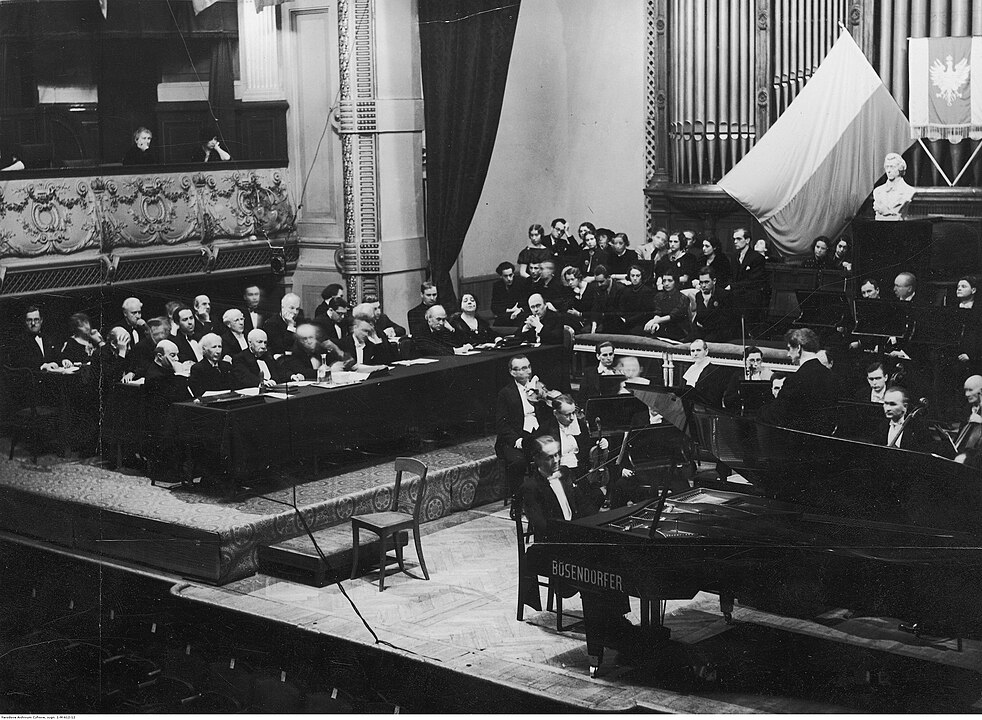Cultural and Creative industries (CCIs) have become a focal point in the economy. The content analysis of the Communications issued by the European Commission helps to weigh up the growing weight of CCIs’ issues and how it resulted simultaneously from public policy actions, internal sector dynamics and academic researches.
Introduction
While cultural economics has been around for a long time, the attention towards the Cultural and Creative industries (CCIs) has been largely renewed in the last decades. However, it is not clear whether it emerged because of sector dynamics, academic developments or is the result of institutional and political attentions starting from UK initiatives (DCMS, 1998).
Our research sought to establish how the concept has been progressively structured in the discourses of public institutions, echoing the evolution of academic literature and the influence of digital dynamics? To this aim, we used text analysis to scrutinize how the CCI concept is envisioned by public actors, focusing on the specific context of Europe.
1. Policies for the cultural and creative industries: a European overview
European policies passed from a traditional understanding of culture as a support for identity, to a progressive integration of market issues, then to sectors enlarging CCIs. “Creative Europe programme (2014-2020)” changed the wording – from culture to cultural and creative sector – introducing a new conception of culture, measured in terms of market mechanisms, commercial value and regional development. No univocal definition of CCIs was given: from secular industries (book, music or cinema), to more recent like videogames This complexity is reflected in different policy measures as well as tricky comparative studies of performance among countries.
2. Methodology
Discourse analysis has been operated on the official Communications of the EU (1977-2018). From more than 200 documents, we sorted those specifically focusing on CCIs and got a relevant corpus of 30 texts. They have been codified using textual data statistical analysis software (Alceste): scrutinizing the vocabulary, the distribution and occurrence of text units. Descending hierarchical classification produced classes of documents; correspondence analysis identified most significant elements of each class; clouds of words highlighted the most significant keywords.
3. Main results: five classes
Statistical analysis performed on the corpus resulted in 5 classes, with similar weigth and very high relevance: (87% of textual units).
Figure 1. The five Classes distribution

Class 1 “Culture and cultural heritage for European identity” (25.91% of textual units) is the most specific with homogeneous vocabulary (words like “cultural, culture, heritage, education, people, learn”). Creativity is cited as the basis for innovation, smart growth and strategic spillovers to other industries but is denoted by the significant absence of words like market or product. It suggests culture as a source of employment.
Class 2 “Institutional standpoint and programs for culture development” (22.24%) embodies the EC efforts and initiatives for adopting specific programs. Key words are “council, programme, committee, decision, commission, article, parliament” and priority areas are cultural heritage, books and artistic activities. Audiovisual and impact of new technologies are advocated, but without going further.
In Class 3 “EU support for cultural actions, extending the audio-visual model” (21.39%), main influential words are “aid, channel, broadcaster, state, proportion, law” but not “Europe, develop, programme, act, culture or industry”. This class addresses sectors playing a pivotal role in shaping European identities and potentially benefiting of State aids as cultural goods.
Unlike the latest, Class 4 “Audio-visual and market” (19%) is less considering the overall support for the audiovisual than the challenges for Europe in terms of economic, market dimension and drivers for innovation. It keeps present the word “profit”.
Class 5 “Digital and creative content” is the least important (11.46%). It addresses the issue of Internet and digital with pivotal words “online, licensing, right, copyright, internet, consumer”. CCIs are cited for their dynamics in jobs creation but, surprisingly, the word “market” is poorly present and no direct link is done with innovation.
4. Conclusion
CCIs reflect the variety of the cultural challenges in the European construction. Longitudinal dimension captures how the concept was gradually built up and distorted with various meanings. Unexpectedly, despite a gradual shift from a culture-based to a creativity-based approach, the discourse remains globally the same over the years.
The situation is different when we consider the gradual expansion of academic works on CCIs, structuring a consistent international field.
Figure 2. Occurrence of the term “cultural and creative industries (CCI)” and creativity in academic productions referenced by Google Scholar (authors’ elaboration)

While the academic literature strives to characterize CCIs, EC Communications are marked by very general statements. One can wonder whether the EC discourse around the CCIs is really in tune with the constant new configurations or is not tending to dissolve the culture perspective into the approach to the digital economy and its regulation.
References
DCMS, (1998), Creative Industry Task Force Report, London, Department for Culture, Media and Sport.
About this article
SALVADOR Elisa, BENGHOZI Pierre-Jean, “The evolving place of the cultural and creative industries in the public policy orientation. What can we learn from the Communications of the European Commission?”, Réseaux, 2023/2-3 (No 238-239), p. 283-328. DOI: 10.3917/res.238.0283. URL:
https://www.cairn-int.info/journal-reseaux-2023-2-page-283.html
About the authors of the blog
Benghozi Pierre-Jean is emeritus director of research at CNRS and École Polytechnique of Paris
About the image
Acediscovery, CC BY 4.0, via Wikimedia Commons






